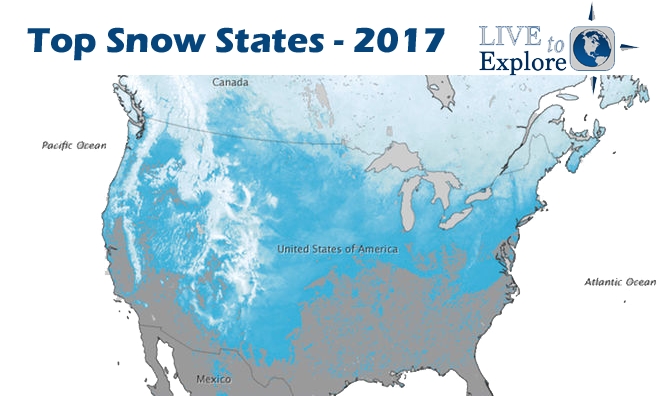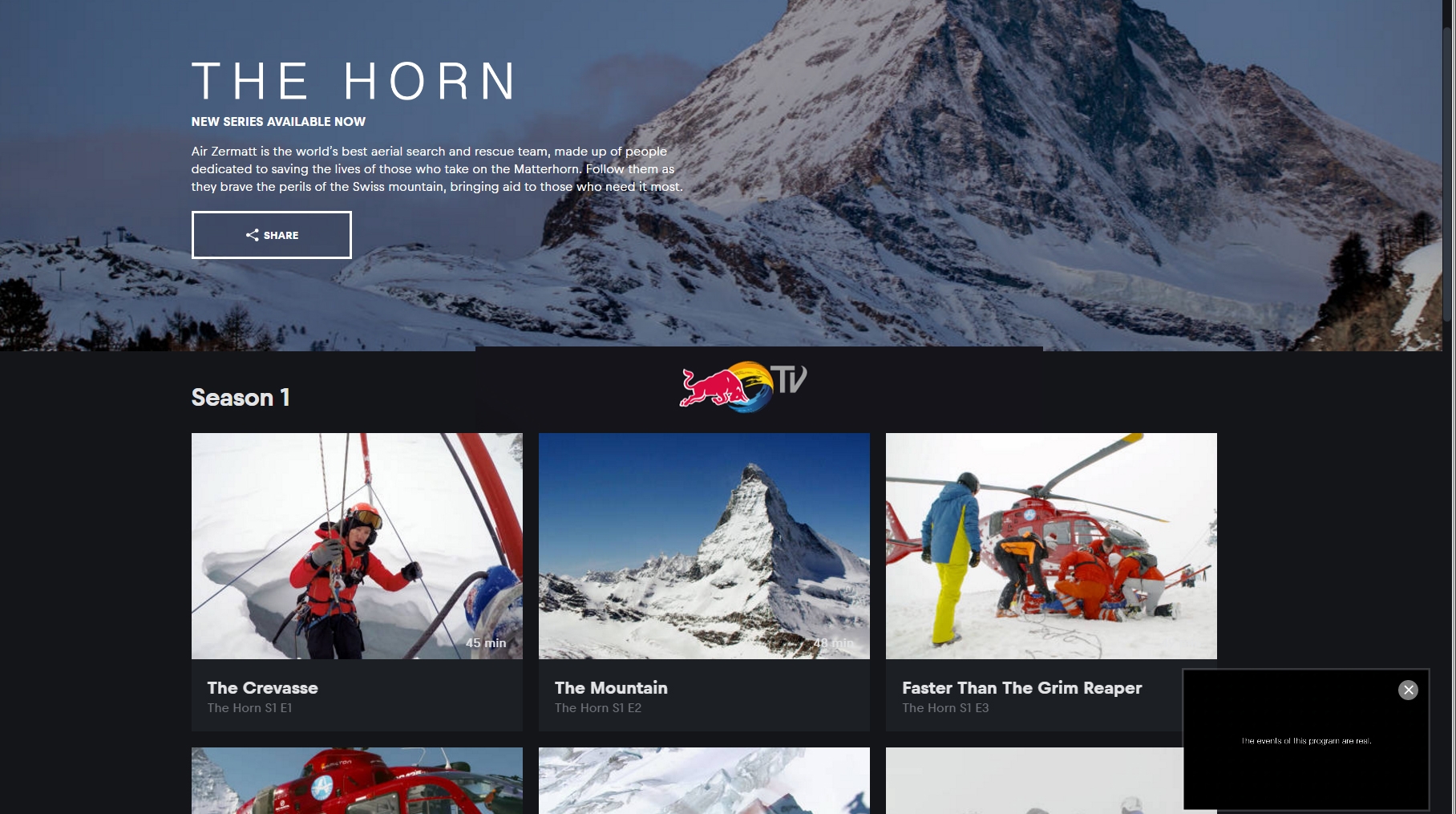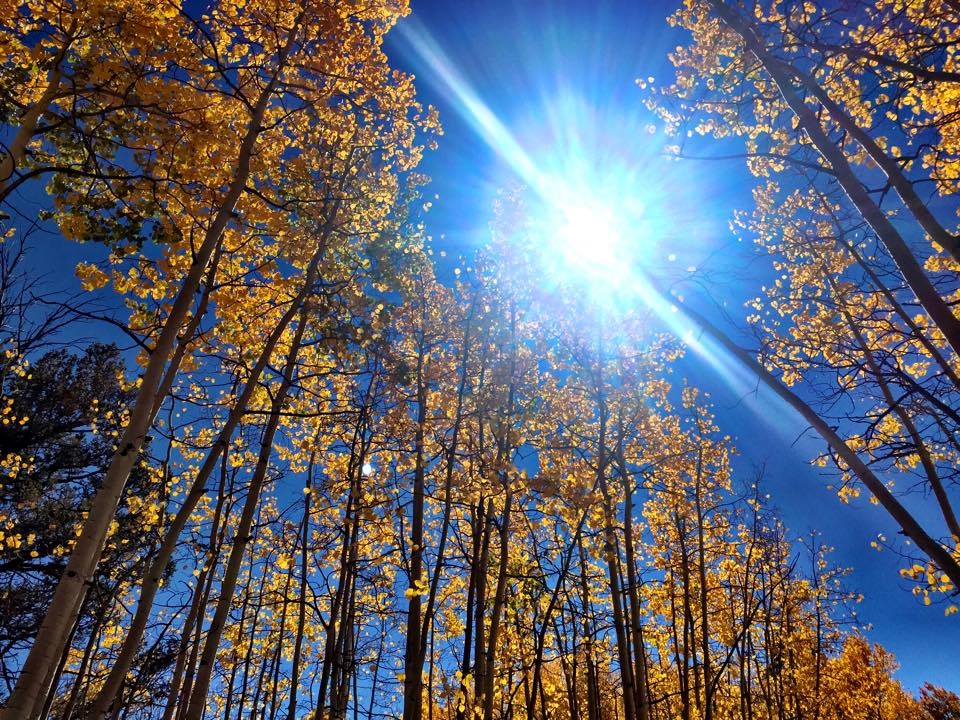Do you love snow? If you’re a plow driver, it is unlikely that you are. If you Live To Explore like we do, you probably love the recreation opportunities snow provides.
So which are the best Snow States?
Given our history of involvement in Search and Rescue, when a series like this comes along - you binge watch.
In this new series from Red Bull TV "The Horn", we follow Air Zermatt, the world’s best aerial search and rescue team.
Fall is quickly setting in throughout the Rocky Mountain State, so whether you're coming for a visit, a new resident, or a full-on native...here are our top 5 things you should consider tackling this cool, crisp season:
Ready for an awesome adventure in Colorado this fall? OutThereColorado.com put together an excellent list of the 20 HIghest Roads in the Centennial State.
Our favorites? Dirt of course...
Webster Pass, summit elevation: 12,140 ft.
Stony Pass, summit elevation: 12,650 ft.
Imogene Pass, summit elevation: 13,117 ft.
Mosquito Pass, summit elevation: 13,186 ft.
Read the full list on their site.
Producer Avocados and Coconuts recently did a project for Hipcamp. It's a short compliation of clips with their associated real-world sounds. No music, voiceover, or other distractions.
Pretty cool way to inspire us all to get outside :)
 Found this little story over on BuzzFeed thanks to our friends at Living Overland, "41 Camping Hacks that are Borderline Genius". While some of them are certainly innovative, most have been seen before in various forms, and many are just plain silly.
Found this little story over on BuzzFeed thanks to our friends at Living Overland, "41 Camping Hacks that are Borderline Genius". While some of them are certainly innovative, most have been seen before in various forms, and many are just plain silly.
The latest from Jordan, he's still in Myanmar and is having a very interesting time. Read all about it!

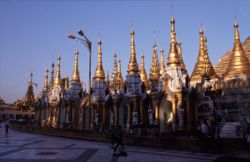 Jordan's latest update, this time from Myanmar.
Jordan's latest update, this time from Myanmar.
We really wish we could be out & about with him, can't wait to see what adventure awaits!
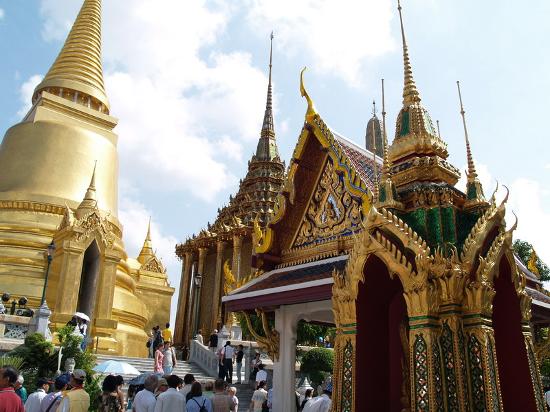 Jordan has another update for us, this time from Bangkok.
Jordan has another update for us, this time from Bangkok.
Apparently his best advice for exploring a new, foreign, land is to run around early in the AM. That's military training for you :)
Enjoy this report!
Have you ever dreamed you could ski every day regardless of season, temperature, or any other factor? Can you imagine moving to one of the hottest places on the planet to do just that?
In Episode 2 of A Skier's Journey, we learn about Ski Dubai and a 26 year old Moroccan that has done just that. He may ski more than anyone on the planet.
Ready to pack your bags?
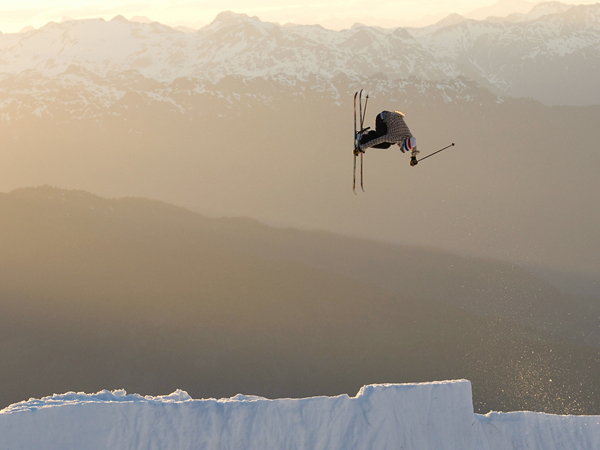
National Geographic has posted thier top 25 picks for the best ski towns in the world. All of the usual suspects are included, with a few interesting additions, just to keep things interesting.
Among our favorites are Whistler and Jackson, Wyoming. We've been hearing a lot of good things about Bozeman lately, and since our new friends from Expedition Overland live up there, it's on the list for the upcoming season. Not sure why Vail was omitted, but it's their list...
Are there any missing? Are any of these destinations in your future? Let us know on Facebook ;)
 While on a somewhat ordinary flight for fun, a "cool guy" named Ryan Thompson decided to fake an in-flight emergency in order to propose to his girlfriend. While the video is certainly entertaining (Adventure Journal reports that she did say 'yes'), we're not sure if this is the safest way to start a new life together. It sure is interesting though. What do you think?
While on a somewhat ordinary flight for fun, a "cool guy" named Ryan Thompson decided to fake an in-flight emergency in order to propose to his girlfriend. While the video is certainly entertaining (Adventure Journal reports that she did say 'yes'), we're not sure if this is the safest way to start a new life together. It sure is interesting though. What do you think?
Source: Adventure Journal
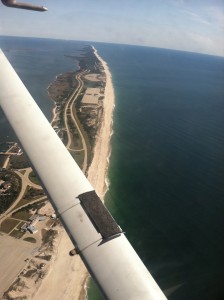 Eastern view of Long Island at 2000ft above Jones Beach
Eastern view of Long Island at 2000ft above Jones BeachHere at Adventure Insider, we go to great lengths to get our adrenaline fix. For those of us based in NYC, escaping the daily grind can me difficult at times. With this in mind, we had to ask ourselves, "How do we get the hell out of the city ASAP?" The answer came easy; learn how to fly. The Northeast provides some of the most beautiful flying in the country, while offering some amazing adventure travel opportunities. The best part of it all, besides the view, is soaring 5000 feet over bumper to bumper traffic on the infamous New England toll roads. Throw some climbing gear, mountain bikes or surfboards in the cargo hold and adventure travel is limitless. Adventure Insider has some pretty exciting stuff coming out in the near future, and we look forward to sharing every thrilling moment with you.
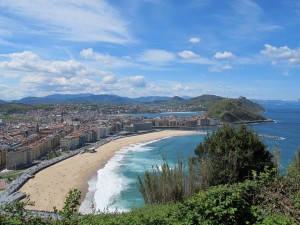 A view from the eastern cliffs of San Sebastian
A view from the eastern cliffs of San SebastianFor an adventure traveler, a trip to Spain cannot be complete without visiting Basque Country in the northeastern part of the country. The dramatic geological clash of mountains meets sea (reminiscent of Marin County, CA) provides endless opportunities for adventure sports, including surfing, mountain biking, rock climbing, kayaking, wind surfing, hiking and many more. Basque Country's capital, San Sebastian provides the perfect Trifecta that makes me weak in the knees: great surfing, miles of cross country mountain biking and world class cuisine. The streets of San Sebastian are a harmonious mix of antiquated cobble stone and sweeping modern plazas which are cluttered with bar and restaurants serving traditional pintxos and local wines. San Sebastian will not disappoint the hedonist in any adventure sports enthusiast.
More Articles …
- Seal Hunting with Yupik Natives
- Post-Climb Swimming Holes
- Winter Relief in the Bahamas
- Getting Addicted to Crack Climbing
- Mt. Kenya: a Diary
- Spotlight on Bellingham, Washington
- Lost in Peru
- Explore the Dominican Republic's North Coast
- Photo Essay: Dominican Republic's North Coast
- Costa Rica Photo Essay


